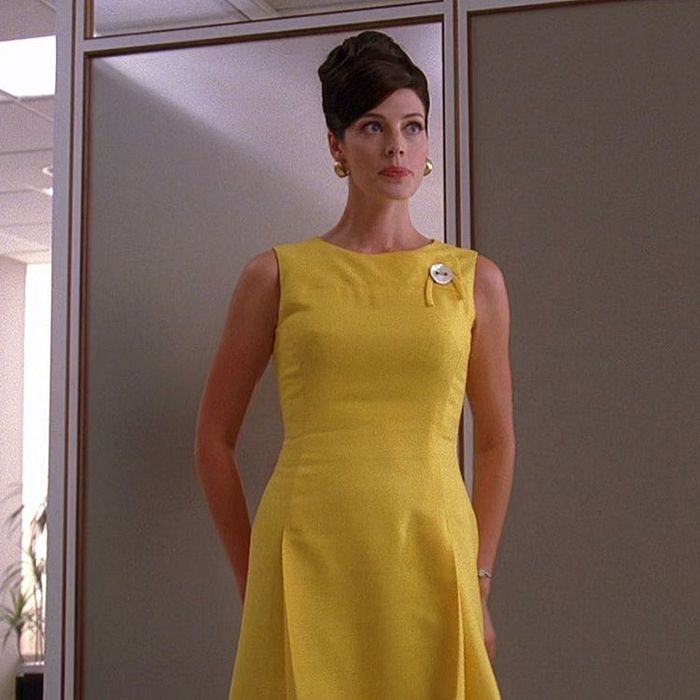Dress-coded: experiences with school uniform
In the first piece in Varsity’s two-part series exploring the the links between uniform, identity and community, Marina McCready speaks about her experiences dressing at school and at university, the transition between the two and how she has ultimately come to view her own style

As someone who cares a lot about my appearance, I have always struggled with uniform. I attended an all-girls school whose uniform earned us the nickname ‘the nunnery’. Skirts had to be below the knee. In year seven I was told to buy a skirt that was too long for me, so I could grow into it. I subsequently only grew about an inch taller and spent all of secondary school trying to work out how to roll it up without looking stupid (spoiler alert: you can’t). In sixth form, we had no official uniform, but had strict rules which all seemed completely arbitrary. Skin-tight clothing wasn’t allowed, but neither were baggy jeans, and God forbid they were ripped.
"It seemed to me that all the uniform seemed to do was exacerbate existing inequalities, and target more marginalised groups."
If the uniform and dress-code united us students, it was only because of a shared hatred for it. We spent many a lunchtime ranting about our experiences and sharing stories. The one male teacher who sent students out of class if he could see their shoulders, because that clearly affected his ability to teach. The summer when literally everyone got dress-coded because it was too hot to comply. The one legendary girl a couple of years above me who, when told off for having visible bra straps, went to the bathroom and took her bra off.
The inequality of the enforcement of these rules was clear to us too. Firstly, the dress codes were inherently sexist. There is no reason to police what girls wear (beyond some basic practicalities - I can understand not wanting students in flip-flops, but what possible reason is there to ban shorts?). Dress codes enforce the sexualisation of girls’ bodies, something especially problematic when said girls are school age. They encouraged us girls to view our bodies not simply as our physical selves, but as objects of a male gaze, from a very early age. They taught us that the comfort of male teachers was more important than our own. They taught us that we should change how we dress and if we didn’t, any consequences were our own fault.
There were also other forms of discrimination perpetuated by the uniform policy. I, being quite short and slim, could get away with wearing mini-skirts much shorter and tops much lower-cut than my taller, curvier friends. I was also allowed to dye my hair blonde, while an Asian friend who did the same was forced to redye it a more ‘natural’ colour. It seemed to me that all the uniform seemed to do was exacerbate existing inequalities, and target more marginalised groups.
"The length of skirt that I so hated at school is now one of my favourite looks, simply because it is now my decision when I wear it."
Those uniform policies shaped a lot of my views on fashion and feminism to this day. Firstly, I maintain my school-girl desire to rebel against even informal rules. I have intense urges to mix prints, clash colours and over-accesorise. I’m constantly drawn to the gaudy and the garish. Even the often repeated dress code of Cambridge nightclubs, ‘jeans and a nice top’, makes me want to wear anything but that. I’ll find an actively un-nice top rather than comply. This rebellion may seem childish, but I also think it can be really helpful to challenge the accepted norms and create more unique and exciting looks.
I’m also hyper-aware of why such informal rules exist. A classic tip girls are often given is to choose between showing legs or showing cleavage. Because women’s bodies are seen as inherently sexual, we are told to cover up, even if we are just going about our lives outside of a sexual context. Magazines often say that this rule adds ‘mystery’ to a woman’s appearance, or ‘leaves something to the imagination’, further implying that the woman is just an object, waiting to be uncovered by a man. Showing both your legs and your tits has no bearing on who you are as a person; nor does showing no skin at all.
My experience of uniform has also affected what I think the purpose of fashion is. Sometimes I dress to look good to other people, and that’s okay. A lot of the time I dress to be comfortable, and that’s also okay. But mostly I dress to feel like myself, and to feel free in it. Fashion is one of the best ways to express your identity, and having spent much of my life feeling restrained in what I could wear, I’m glad that at university I have that freedom. The length of skirt that I so hated at school is now one of my favourite looks, simply because it is now my decision when I wear it. It was never about the clothes themselves; it was always about the choice.
 Interviews / You don’t need to peak at Cambridge, says Robin Harding31 December 2025
Interviews / You don’t need to peak at Cambridge, says Robin Harding31 December 2025 News / Unions protest handling of redundancies at Epidemiology Unit30 December 2025
News / Unions protest handling of redundancies at Epidemiology Unit30 December 2025 Comment / What happened to men at Cambridge?31 December 2025
Comment / What happened to men at Cambridge?31 December 2025 Features / ‘Treated like we’re incompetent’: ents officers on college micromanagement30 December 2025
Features / ‘Treated like we’re incompetent’: ents officers on college micromanagement30 December 2025 Theatre / We should be filming ADC productions31 December 2025
Theatre / We should be filming ADC productions31 December 2025









